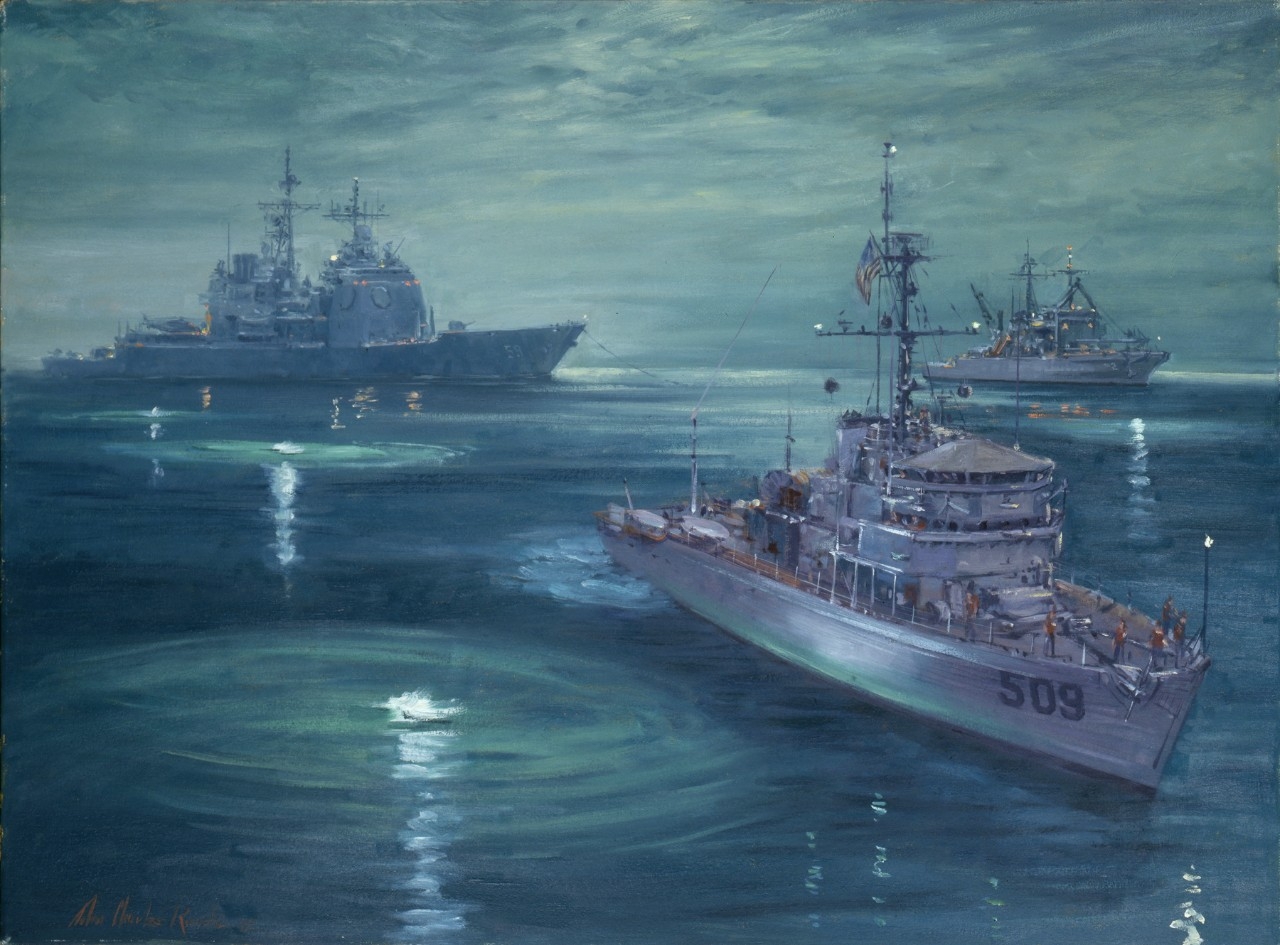
The
United States Navy has long been at
the forefront of naval power
projection, employing
state-of-the-art technologies and
innovative strategies to maintain
maritime superiority. Over the
centuries, the development of
modern surface warfare strategy and
tactics has played a pivotal role
in shaping the Navy's capabilities
and effectiveness. This article
explores the evolution of surface
warfare, with a particular focus on
the changes in shipbuilding
technology that have revolutionized
the Navy's approach to combat.
The Early Foundations:
The origins of modern surface
warfare can be traced back to the
early years of the United States
Navy. In the late 18th and early
19th centuries, the Navy primarily
relied on frigates and other
wooden-hulled sailing vessels armed
with cannons. These ships were
designed for close-quarters combat
and were essential for protecting
American interests at sea. However,
advancements in shipbuilding
technology and naval tactics were
necessary to adapt to changing
global dynamics and emerging
threats.
The Transition to Ironclads:
The mid-19th century marked a
significant shift in shipbuilding
technology with the introduction of
ironclad warships. The USS Monitor
and the CSS Virginia, both used
during the American Civil War,
represented a radical departure
from traditional wooden-hulled
ships. These ironclads, clad in
thick armor plating, revolutionized
naval warfare by rendering
conventional cannons less
effective. The success of ironclads
highlighted the importance of
technological innovation in
maintaining naval supremacy.
The Rise of Battleships:
Following the era of ironclads,
battleships emerged as the epitome
of naval power during the late 19th
and early 20th centuries.
Battleships boasted heavily armored
hulls and were armed with a
combination of large-caliber guns.
These mighty vessels were intended
to engage enemy battleships and
project force across vast
distances. The introduction of
steam propulsion and innovations in
ship design, such as the "all or
nothing" armor scheme, made
battleships formidable symbols of
naval dominance.
The Era of Carrier Warfare:
The development of aircraft
carriers in the early 20th century
revolutionized naval warfare once
again. Carriers provided the
ability to project air power far
beyond the range of land-based
aircraft, offering a new dimension
of strategic reach. The USS
Langley, commissioned in 1922 as
the Navy's first aircraft carrier,
paved the way for the
carrier-centric naval doctrine that
would emerge in World War II.
Carriers became the focal point of
naval operations, enabling the
United States to launch devastating
airstrikes on enemy targets.
Technological Advancements:
Throughout the 20th and 21st
centuries, shipbuilding technology
has continuously evolved to meet
the demands of modern surface
warfare. The transition from steam
power to nuclear propulsion in the
1950s enabled ships to travel
longer distances without the need
for refueling. The integration of
advanced radar systems, guided
missile technology, and
computerized command and control
systems further enhanced the Navy's
capabilities. Stealth technology
and composite materials have also
played a crucial role in reducing
the ships' detectability and
enhancing their survivability.
Conclusion:
The development of modern
surface warfare strategy and
shipbuilding technology in the
United States Navy has been a
dynamic and ever-evolving process.
From the transition to ironclads to
the rise of battleships and the
dominance of aircraft carriers, the
Navy has consistently embraced
innovation to maintain its
superiority on the high seas.
Technological advancements have
enabled ships to become more
capable, resilient, and lethal. As
the Navy continues to adapt to
emerging threats and changing
global dynamics, the ongoing
development of shipbuilding
technology will remain a critical
aspect of maintaining maritime
dominance in the future.